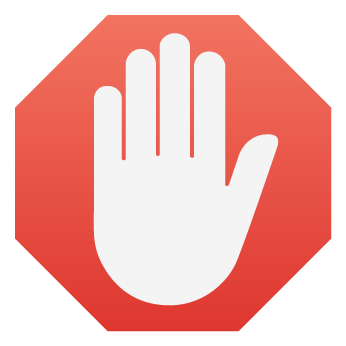 Charles Arthur has an interesting take on what could happen this fall when Apple releases iOS 9 with the ability to use adblockers next month.
Charles Arthur has an interesting take on what could happen this fall when Apple releases iOS 9 with the ability to use adblockers next month.
Arthur notes that “websites are getting overloaded with ads, beacons, trackers and scripts that are all scrambling over each other in their attempt to squeeze the last bit of information about us from every page.
“But nobody asked us, the readers, along the way whether that was OK. And now, people are deciding that it’s not OK,” he continues.
Enter Apple and their upcoming ad blocker ability. Sounds like exactly something Apple would do to continue to guard their users’ experience. It’s no secret that users don’t like the ads, and the tracking, and all the privacy-infringement that goes alone with it.
So they’re gonna get blocked, let’s face it. And that, according to Arthur, means a sea change for advertisers.
“If any significant number of users shift to using adblockers, web advertisers are going to have to move quickly to deal with that new reality. Web publishers too,” he writes.
And consumers themselves will likely begin to insist that the same technology be available for Android, or they’ll jump ship and go to Apple.
So what happens to content?
“Well, look at sites like Buzzfeed, and their use of native content. If the site generates the ad, it’s suddenly a lot harder to block. We’re back, in a way, in the land of print, where the printing of the editorial and the ads happened in the same place,” he predicts.
Given that readers prefer print over digital, and digital ads are largely ignored anyway, it just may be that advertisers will see print ads in a whole now unblockable light.
